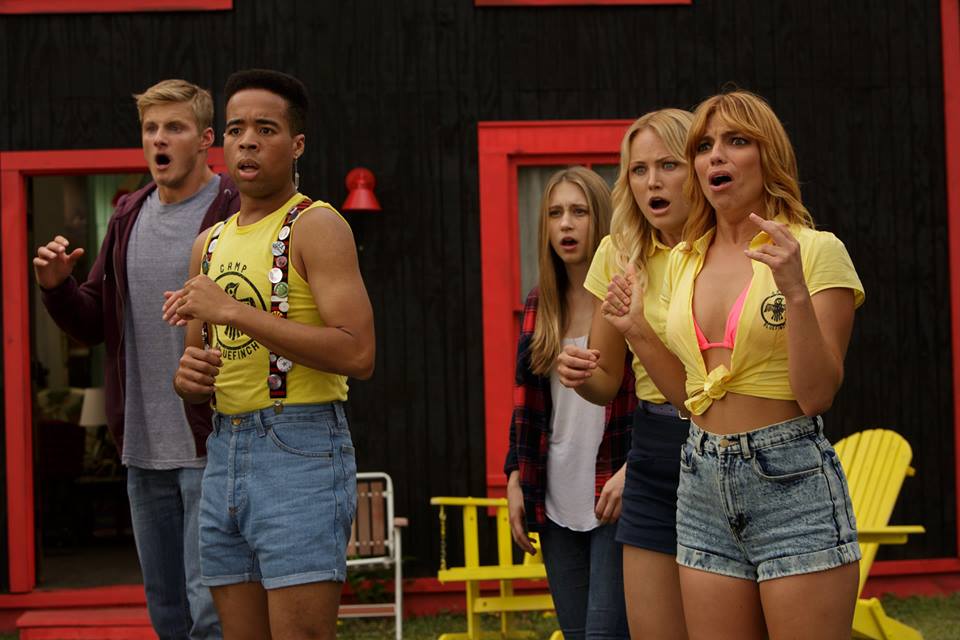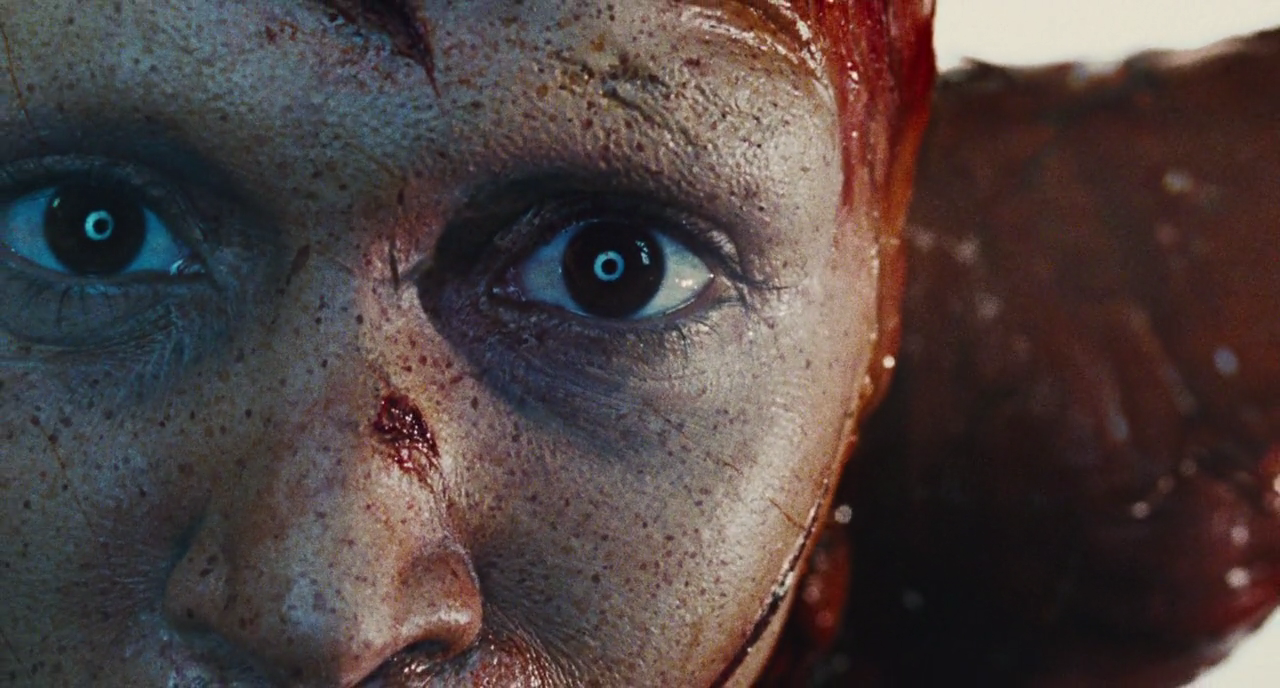Paranormal Activity: The Ghost Dimension
by Hope Madden
“That doesn’t conclude anything!”
This – the disappointed outcry from an audience member as the closing credits rolled on Paranormal Acvitity: The Ghost Dimension – only scratches the surface of the problems with this film.
The sixth feature in the series begun in 2007 with Oren Peli’s ultra-low-budget indie seeks to tie together all the various strands of storyline spun from the previous efforts and put the final bow on the franchise.
Ryan (Chris J. Murray) invites his heavily mustachioed brother Mike (Dan Gill) to spend some post-breakup time with him and his family over the holidays. Also visiting – Toby. You may remember Toby from such hauntings as Paranormal Activity 3.
Mike will wish he’d visited his mom instead.
The entire cast does a perfectly serviceable job, and Ivy George is devastatingly adorable as young Leila, the object of Toby’s interest. But Jesus, her parents are stupid!
Mike and Ryan come across a giant, old, eighties-style camcorder when digging out Christmas decorations. It’s so nutty! With it you can see things like giant black tar monsters lurking over your baby daughter’s bed – too crazy. Wonder whether you should do something about that immediately, or debate with your wife about whether the camera’s just broken. Because, you know, it’s not like your daughter’s in jeopardy.
Once a priest is attacked in the house, you might expect the houseguests to politely exit – particularly the friend of the family who’s visiting for no important reason. But no! There is apparently nothing that will make her spring for a hotel while she’s in town for her yoga retreat – not even the malevolent presence of a demon.
Speaking of – and I know I’m picking nits here – but why go to the bother of explaining to us film after film after film that we are dealing with a demon, not a ghost, and then call the final movie in your franchise The Ghost Dimension?
For what it is – a low rent found footage spookfest – this franchise has actually managed to break the law of diminishing returns for a long time, but their luck began to slip a couple episodes ago. Let’s hope this really is their final effort.









